Plants need a well-balanced diet to grow and thrive. While chemical fertilizers offer a quick fix, they are also costly and can harm the environment in the long run. Homemade plant fertilizers, on the other hand, are easy to make, eco-friendly, and won’t break your budget. And the best part is that you may already have everything you need in your kitchen or backyard! Keep reading to discover eight great homemade plant fertilizers for a thriving garden!
1. Compost

You can keep a compost bin right in your backyard and add to it at any time.
©Singkham/Shutterstock.com
All you need to create your own homemade compost is some organic matter like leaves, yard waste, or food scraps. As these items decompose, they transform into a nutrient-rich compost that feeds your soil’s microbiome. The longer the organic matter simmers, the more it breaks down, leaving behind compost with even better quality. In addition, you can also use some of your homemade compost to make a nutrient-rich compost tea! Simply steep a handful of compost in water for a few days, and voila — you’ve got your own, homemade liquid fertilizer to nourish your plants!
2. Coffee Grounds
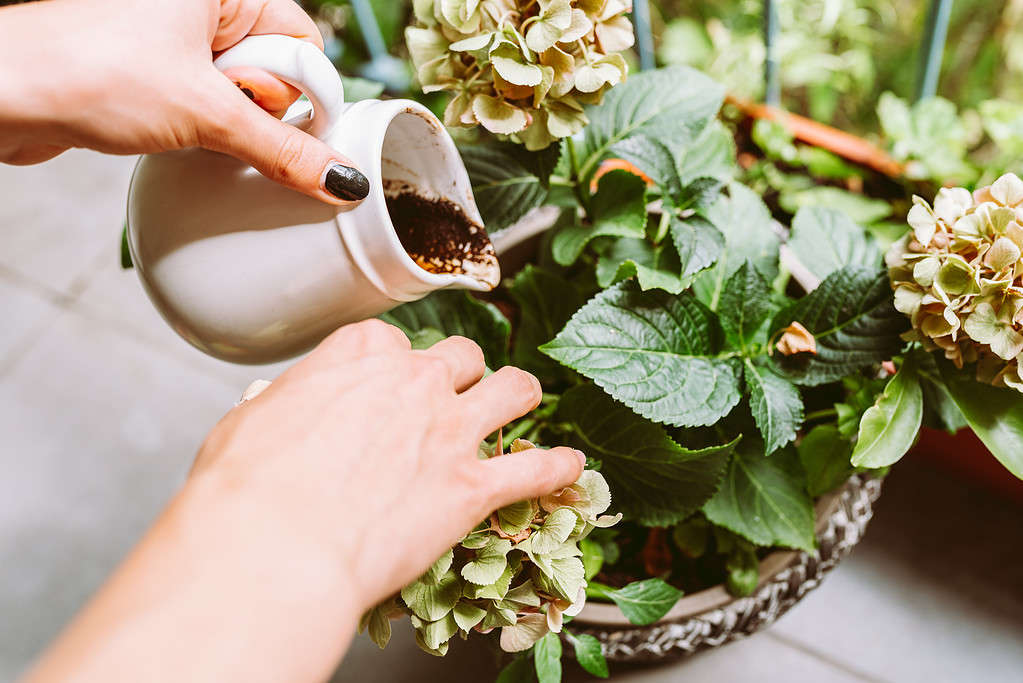
Just remember, with coffee grounds a little goes a long way!
©Larisa Stefanuyk/iStock via Getty Images
If you enjoy a fresh cup of coffee in the morning, don’t toss those coffee grounds just yet — they can make another great homemade plant fertilizer! Coffee grounds are naturally acidic and provide a slow-release boost of nitrogen, potassium, and magnesium. They are perfect for acid-loving plants like blueberries, azaleas, carrots, hydrangeas, spinach, radishes, and rhododendrons. However, the key is to use them in moderation, as too much can hinder growth. In addition, always use brewed coffee grounds, as fresh ones are too acidic. You can mix them with brown materials like shredded paper or dry leaves, or steep them in water for a fertilizing tea.
3. Grass Clippings

Applying fresh grass clippings to your plants can suffocate them.
©ronstik/iStock via Getty Images
After you’ve mowed the lawn, don’t toss out those grass clippings! They are an excellent nitrogen-rich fertilizer. Although not ideal for flowers, dry grass clippings will give your leafy vegetables a nice nutrient boost. They also contain some potassium and phosphorous, keeping your soil happy and nourished for a long time as they slowly decompose. You can add fresh grass clippings directly to your compost bin for nitrogen, but be sure to use dry clippings if added directly to your garden. In addition, avoid using grass treated with herbicides or chemicals on your veggies.
4. Manure
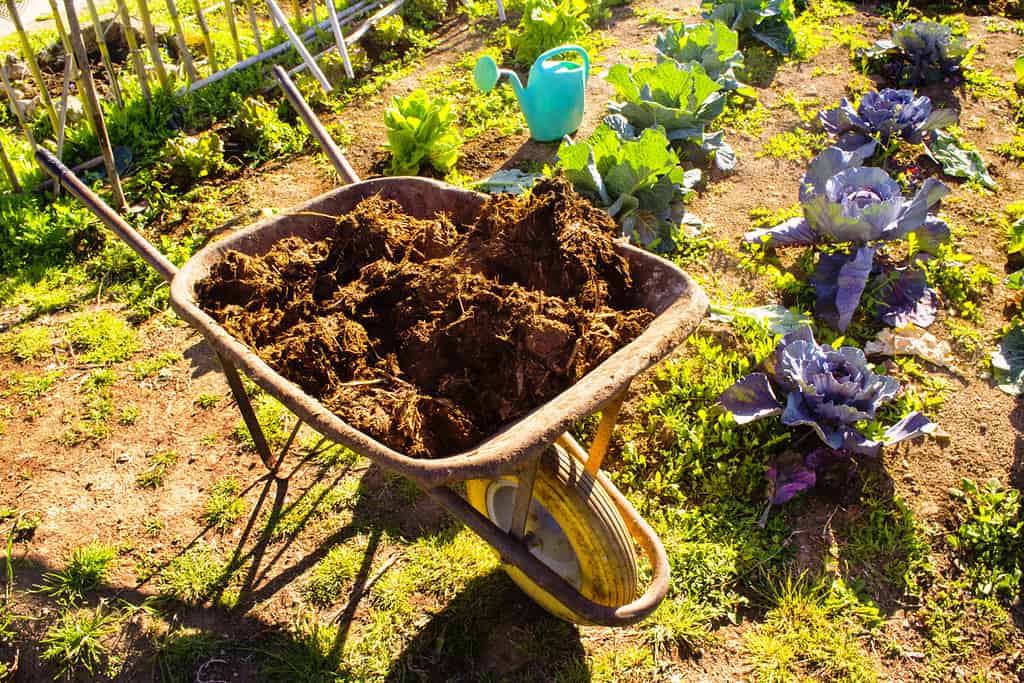
Be sure to avoid manure from animals raised with growth hormones or antibiotics.
©filippo giuliani/Shutterstock.com
If you have cows, chickens, or horses, their manure can be a fantastic homemade plant fertilizer! Cow and horse manure are rich in potassium and nitrogen, while chicken manure is a nitrogen powerhouse. However, fresh manure is too strong and can burn young, tender plants, so you’ll want to use aged or composted manure instead.
Some zoos also offer exotic manure from their resident animals, from zebras and hippos to giraffes and rhinos. These zoos collect and mix the manure with wood shavings, straw, or hay into compost, providing excellent biodiversity to your soil.
5. Banana Peels

Potassium from banana peels helps plants grow stable stems.
©Natalya_Maisheva/Shutterstock.com
Banana peels are an easy, budget-friendly way to add nutrients to your soil. While not a complete fertilizer, they are rich in potassium, which is essential to plant health. Potassium promotes flowers and fruits and regulates water balance. You can chop up banana peels and scatter them around the base of your plants, bury them in the soil, or add them to your compost pile.
6. Aquarium Water
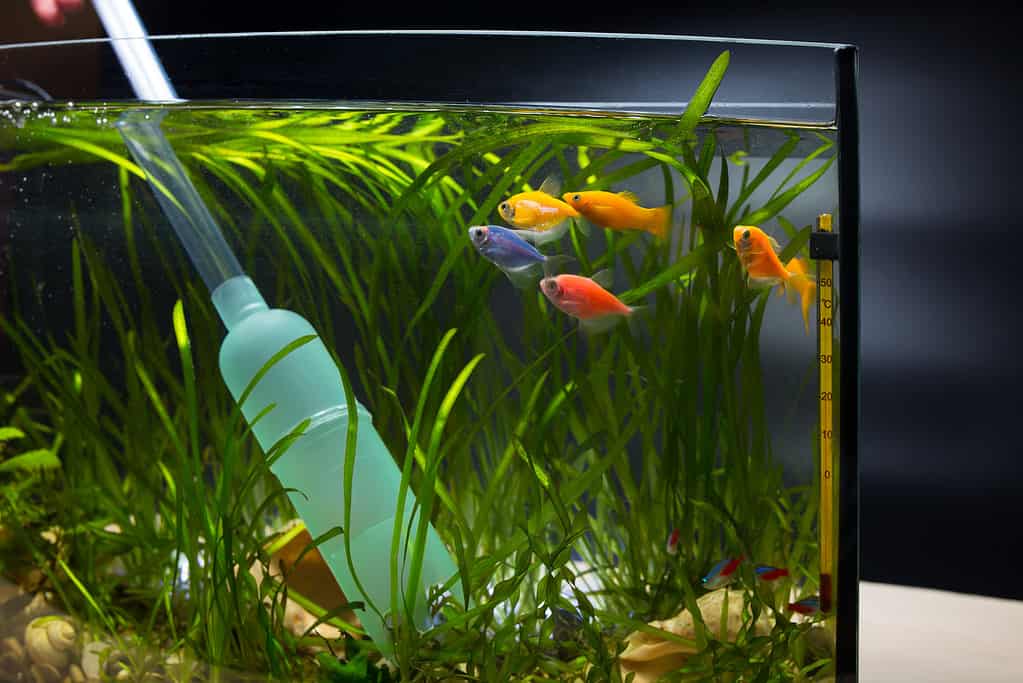
Aquarium water is packed with nutrients for your plants!
©Sergiy Akhundov/iStock via Getty Images
If you have a fish aquarium, use your next water change to fertilize your houseplants! As fish waste and leftover food break down, they release potassium, phosphorus, and nitrogen, making aquarium water a plant-fertilizing goldmine! Aquarium water also contains beneficial bacteria (similar to compost), which promotes healthy soil. However, make sure to only use freshwater (saltwater can be harmful to plants). In addition, use diluted aquarium water or alternate it with regular watering, and avoid using water recently treated with chemicals, medications, or water conditioners.
7. Eggshells
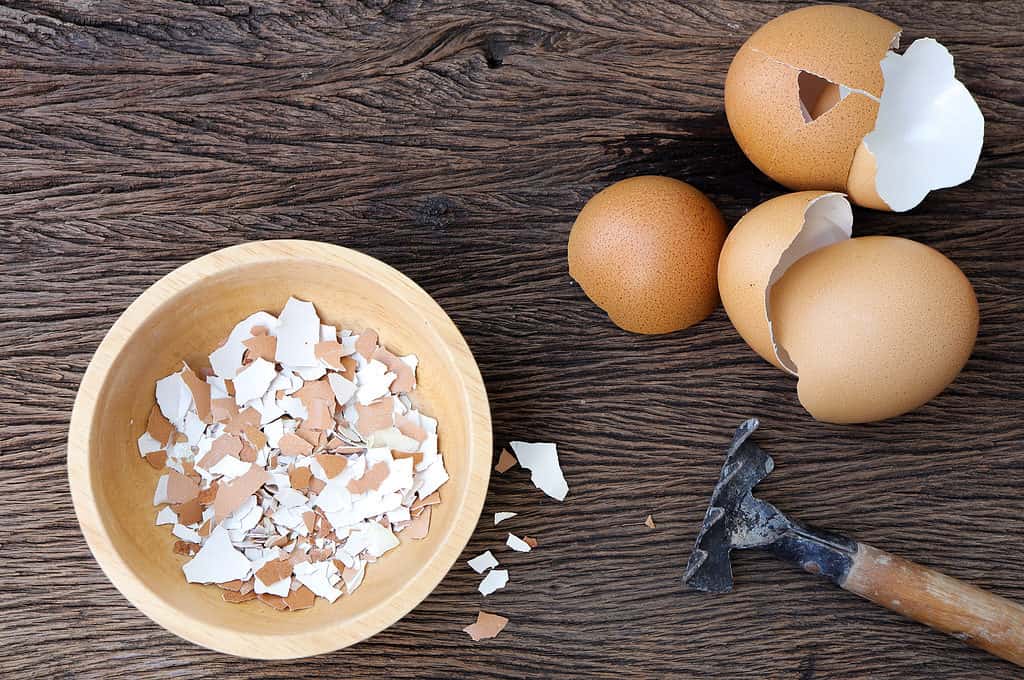
Eggshells can also deter slugs and snails from munching on your garden.
©iStock.com/yuphayao phankhamkerd
For a calcium-rich homemade plant fertilizer, save those eggshells! This fantastic source of calcium helps plants build strong cell walls. They are especially good for calcium-loving plants like leafy greens, tomatoes, peppers, and eggplants. Just crush or grind eggshells and scatter them around the base of your plants. You can also add them to your compost pile for a slow and steady release of calcium.
8. Vegetable Cooking Water
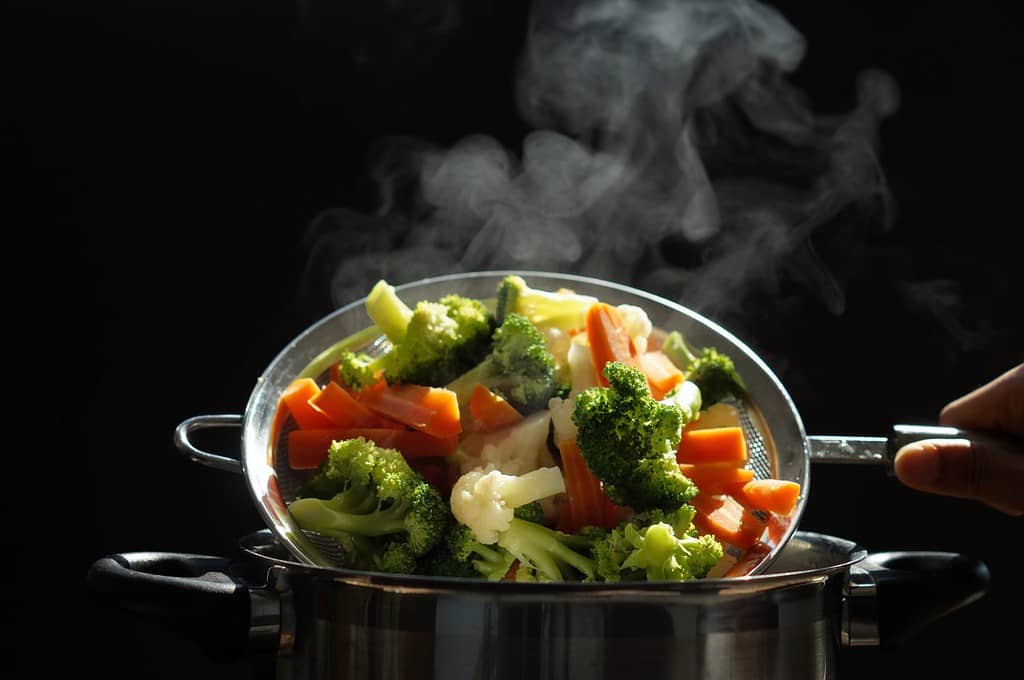
You can also use the leftover water from steaming vegetables.
©Phuangphet geissler/Shutterstock.com
For a super sustainable homemade plant fertilizer, save the water you use to cook vegetables. As long as you don’t go too heavy on the salt, this water is great for plants and has lots of leftover vitamins and minerals. You can also save vegetable peelings for your compost yard or boil and steep overnight for a lovely fertilizing tea. The tea can also provide a nice spray for flowering and fruiting plants on the undersides of their leaves.
The photo featured at the top of this post is © Jerome.Romme/Shutterstock.com
Thank you for reading! Have some feedback for us? Contact the AZ Animals editorial team.







